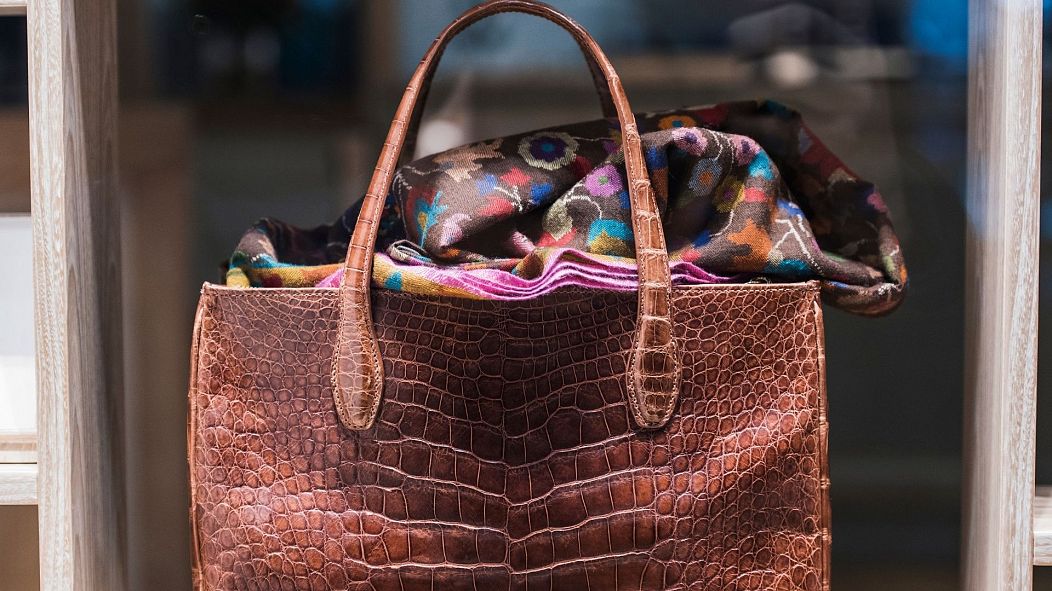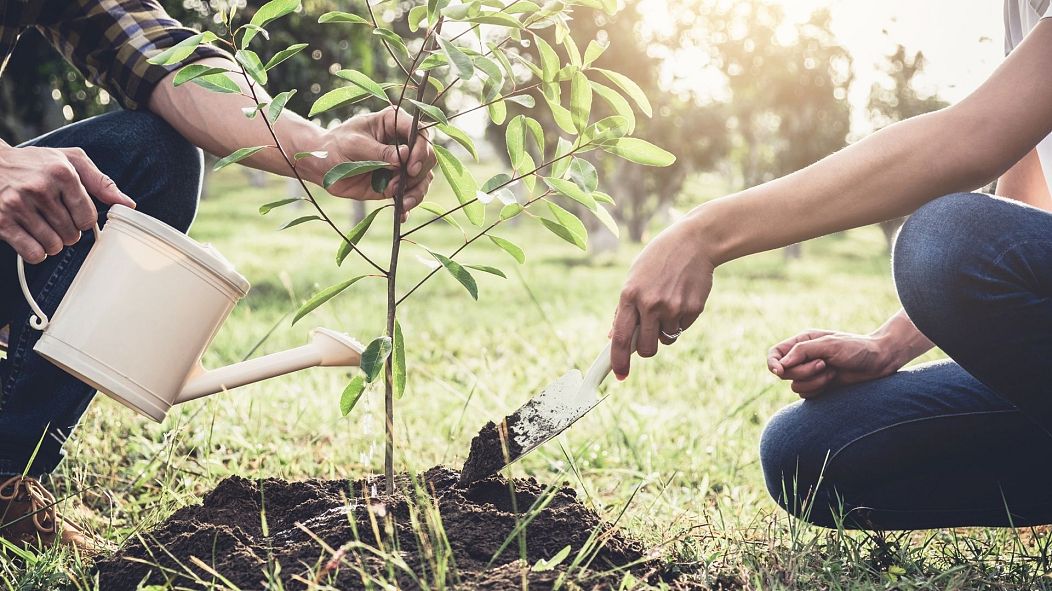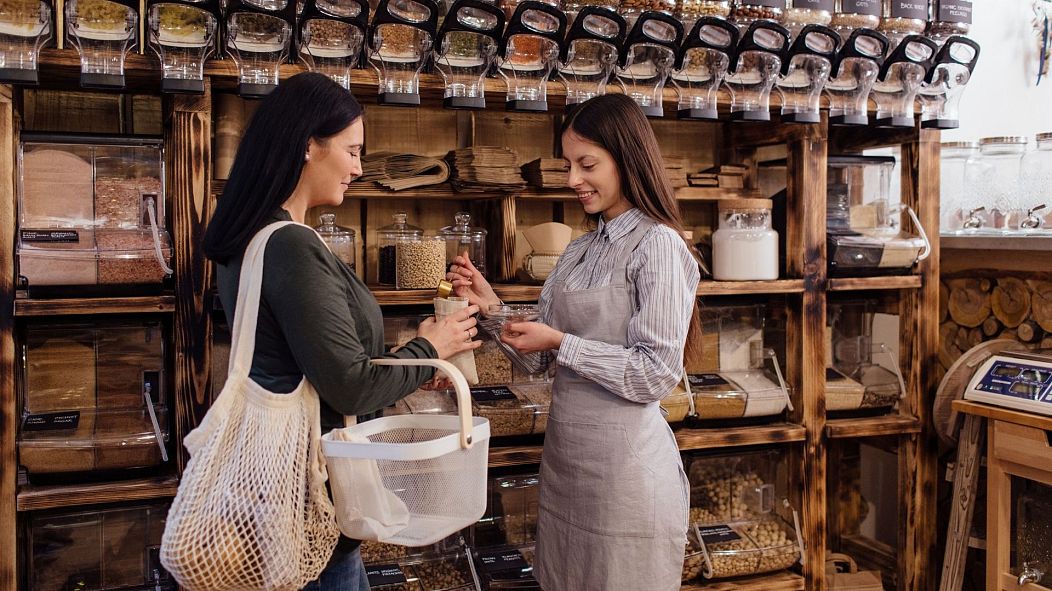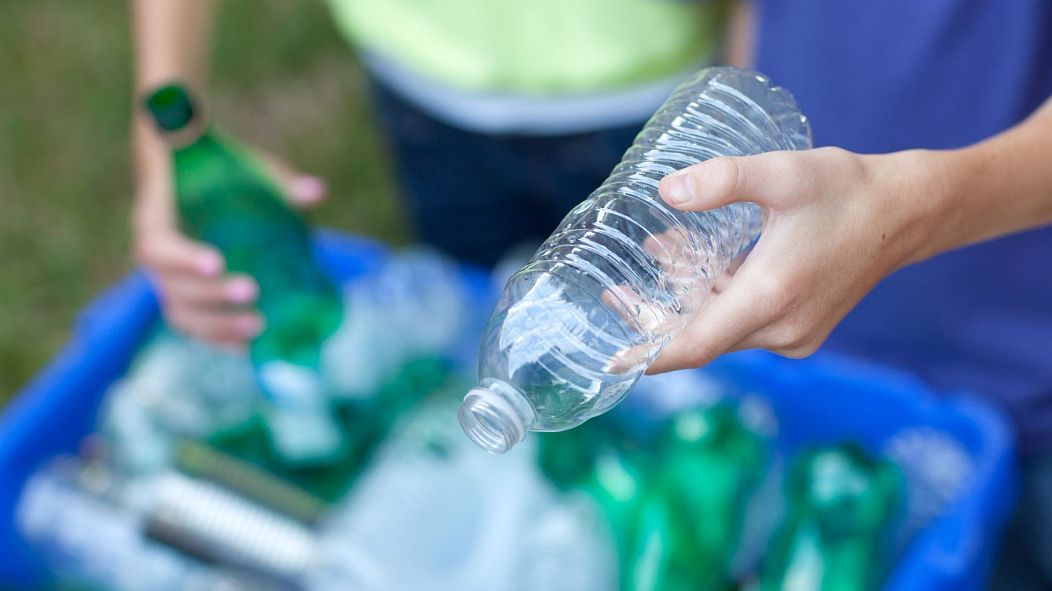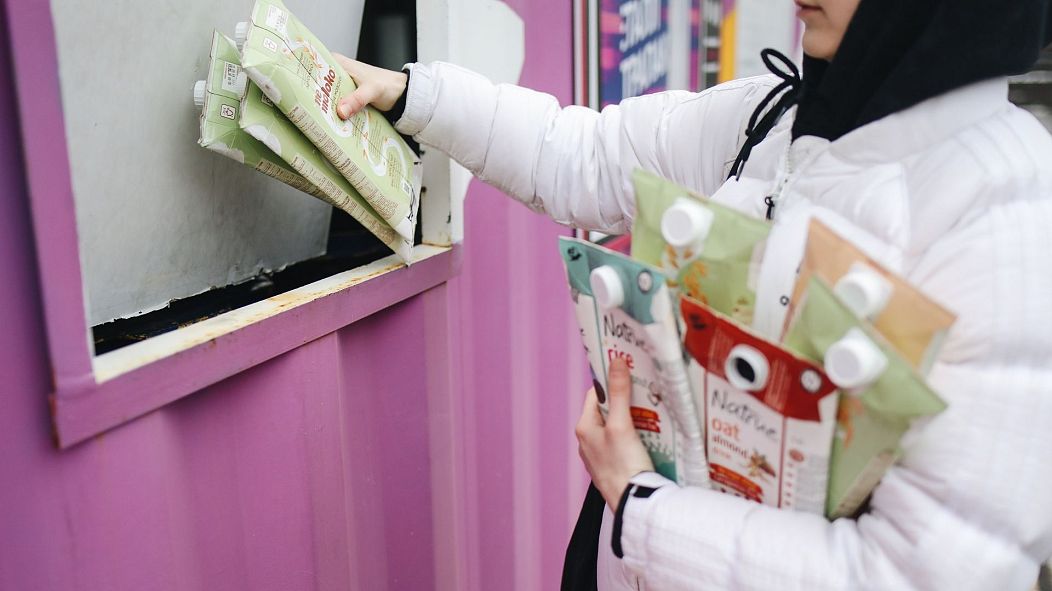From ‘sustainability is too expensive’ to ‘recycling solves plastic pollution’, these myths are pure greenwashing.
Michael Stausholm is the founder and CEO of Sprout World, the company behind the world’s only plantable pencil - with over 30 million pencils sold in over 80 countries. He has advised Nike and Walmart on how to implement more sustainable production practices, and mentors green start-ups as a board member of Greencubator.
Sustainability is certainly a hot topic, one which many consumers and businesses are quite rightly taking seriously. However, in a bid to jump on board the sustainability train, there is a lot of misinformation floating around.
There has been plenty of short termism presented by businesses who see sustainability purely as a marketing and profit opportunity, the result of which has spawned a new term in the English lexicon: greenwashing.
Today, the practice is widespread, and with that, comes a lot of misinformation. However, our inquisitiveness and willingness to challenge and ask questions means it’s a great time to start laying out the facts and cleaning up our act.
Myth 5: 'Premium and luxury goods aren’t sustainable purchases'
It’s interesting that many people don’t consider luxury goods to be a sustainable purchase. Perhaps there is the perception that luxury brands and goods prioritise flamboyance over ethics or green values. It’s understandable, as many luxury brands don’t have a track record of putting the environment first. Or perhaps people feel that luxury goods don’t tend to get much use (cost per wear for example), so very quickly become expensive decorative items?
However, due to their financial power, luxury brands can command tighter control over sourcing and manufacturing, and the conditions under which products are created, often hiring local, specialist skilled workers to ensure a well-made product.
Patek Philippe is a good example - the slogan they use for their watches is: "You never actually own a Patek Philippe. You merely look after it for the next generation." To buy something that will last for generations, is in fact very sustainable. It’s the opposite of the use-and-throw-away mentality that we so often see from lower price ranges.
If you think about the long-term value, happiness and meaning of the products before you rush to buy them, the world and environment will be better for it.
Myth 4: 'Carbon-offsetting is a great way to combat global warming'
Carbon neutral. Net-zero carbon. You will have seen these terms being used quite frequently over the past few years. Carbon offsetting refers to a state where the emissions you create are balanced out by the initiatives you support that absorb the equivalent emissions.
It usually involves funding or contributing to renewable energy projects or planting trees to absorb carbon dioxide (CO2). If you are able to fund enough, you can then stake your claim on being carbon-neutral.
However, one of the fundamental problems with carbon-offsetting, usually purchased in the form of coupons, is that it doesn’t address the root issue of needing to reduce the emissions created in the first instance. If you have deep enough pockets, you can seemingly buy your way into carbon-neutral status, which really, is a form of greenwashing and doesn’t combat global warming.
Granted, it’s an easy way to avoid doing something about your CO2 impact on the climate and environment. For instance, Sprout Pencils (eco pencils that sprout into herbs, flowers, vegetables and trees after use) sources materials and produces locally in Europe. The company also makes the pencils in the US, sourcing materials and producing locally, because sourcing from Asia may be cheap but is far from sustainable.
True sustainability means being proactive and making a difference by looking at your waste and emissions and finding ways to reduce it in the first instance, not just paying in order to write it off.
Myth 3: 'Sustainability is too expensive'
Price plays a crucial role in our consumption. Certainly, purchasing sustainable products and living a greener lifestyle has a slightly higher upfront cost, because producing eco-friendly, quality products are usually more costly. But most sustainable products can be reused or repurposed, offering a second life.
In addition, the movement towards zero waste means that you are no longer paying a proportion towards packaging, and this is often reflected in prices.
Plus convenience beats price, almost every time – people are willing to pay for convenience, so if a product offers convenience, or if a service encourages more sustainable and environmentally friendly behaviour by offering incentives, sustainability doesn’t seem so expensive.
The return deposit system implemented in Denmark is a great example of this. Danes pay an additional amount when they buy a can or plastic bottle of Coca-Cola and the supermarket returns their money when they hand the empty bottle back in to be recycled. An initiative of this sort can in fact be incredibly motivating.
Myth 2: 'Being an avid recycler will solve plastic pollution'
The three Rs of recycling hold us all in good stead when thinking about our plastic-use behaviours: reduce, reuse, recycle. Note that recycle is the last action. That is because recycling doesn’t address the root cause of the plastic waste problem.
To do this, we must reduce our use as much as possible. And when we do use plastic, we really should be reusing it – think plastic food containers. Plastic doesn’t need to be demonised when used consciously in this way, using it over and over, or repurposing it to keep it from entering the last resort: recycling.
Where waste is created, some plastic can certainly be recycled, but the disturbing truth is that a lot of plastic isn’t actually recycled, or cannot be recycled. And what is recycled often requires a high energy expenditure to melt it and make it suitable for reuse into new plastic products. Plus, a lot of products made from recycled plastic also require use of virgin plastic in order to retain their strength and safety, so putting your household items into the right bin doesn’t actually solve plastic pollution.
However, that doesn’t mean you shouldn’t continue to be an avid recycler – it’s still important you do that, just try to think of ways to reduce your use in the first instance, or reuse the item so you’re not creating waste.
Myth 1: 'A single individual’s choices cannot make a dent or difference'
Imagine if all the individuals in the world, or even just in Europe, felt this way and acted upon it. It would be disastrous. We all have a role to play in the push toward sustainability and protecting the environment and planet, a planet that we all live on.
And this journey starts from a young age, so if you have children for example, you have the power to influence change here for at least two people – yourself and your child. For many years, we have equated new ‘stuff’ and presents with affection and happiness, and the toy industry is one that is still filled with plastic, use-and-throw-away products.
From a child’s first birthday, we show them that lots of presents means lots of love. Kids are overwhelmed with plastic toys that create instant gratification, but that they hardly ever play with.
As adults we have to change this by buying quality instead of quantity. Buying less, but also buying better. It’s like changing a bad habit - it takes time but if we start early, we can change.












